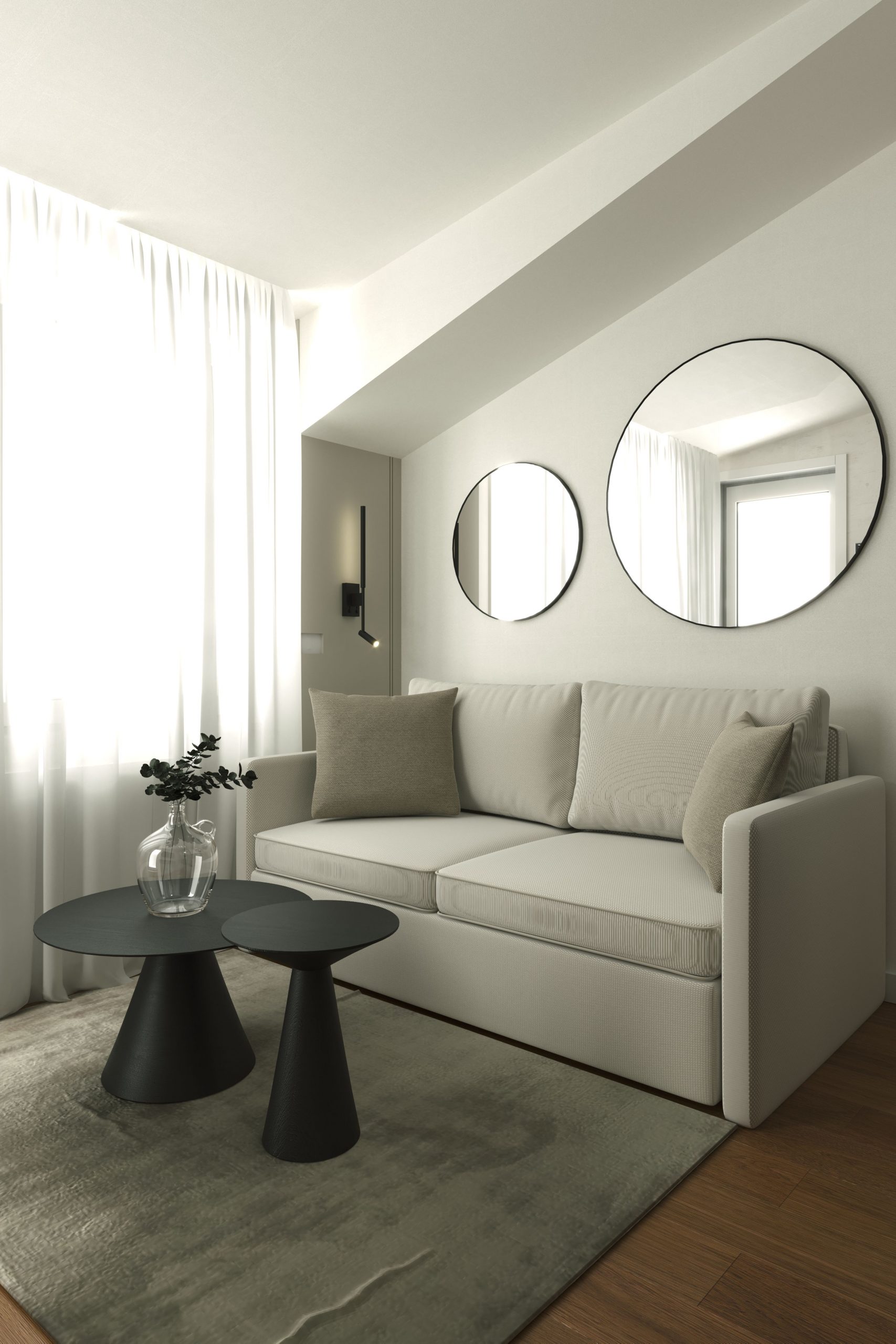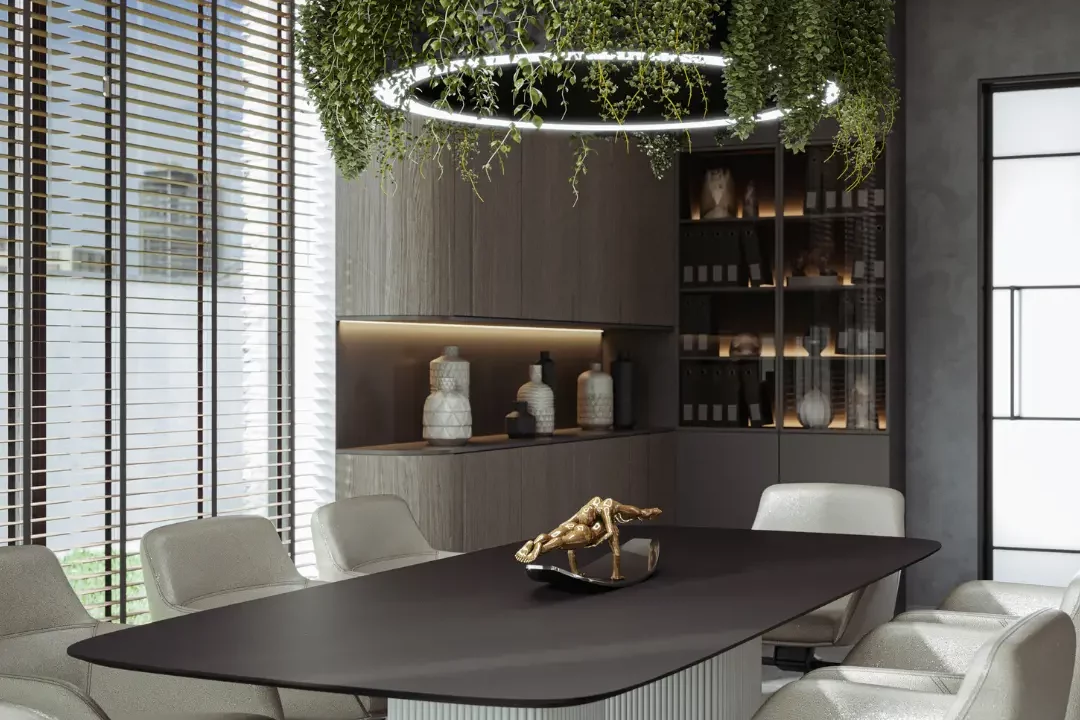
Office interior design is much more than just aesthetics. It is a strategic transformation of the work environment into a space that inspires employees, leaves a strong impression on clients, and clearly communicates your brand’s values. That’s why the question is increasingly being asked:
Why has commercial design become essential for the success of modern businesses?
What is office interior design?
When we talk about commercial interior design, we refer to a specialized field that combines functionality, aesthetics, and brand identity. The goal is not just a beautifully decorated office, restaurant, or hotel – but a space that works for you: enhancing productivity, improving customer experience, and building trust in your brand.
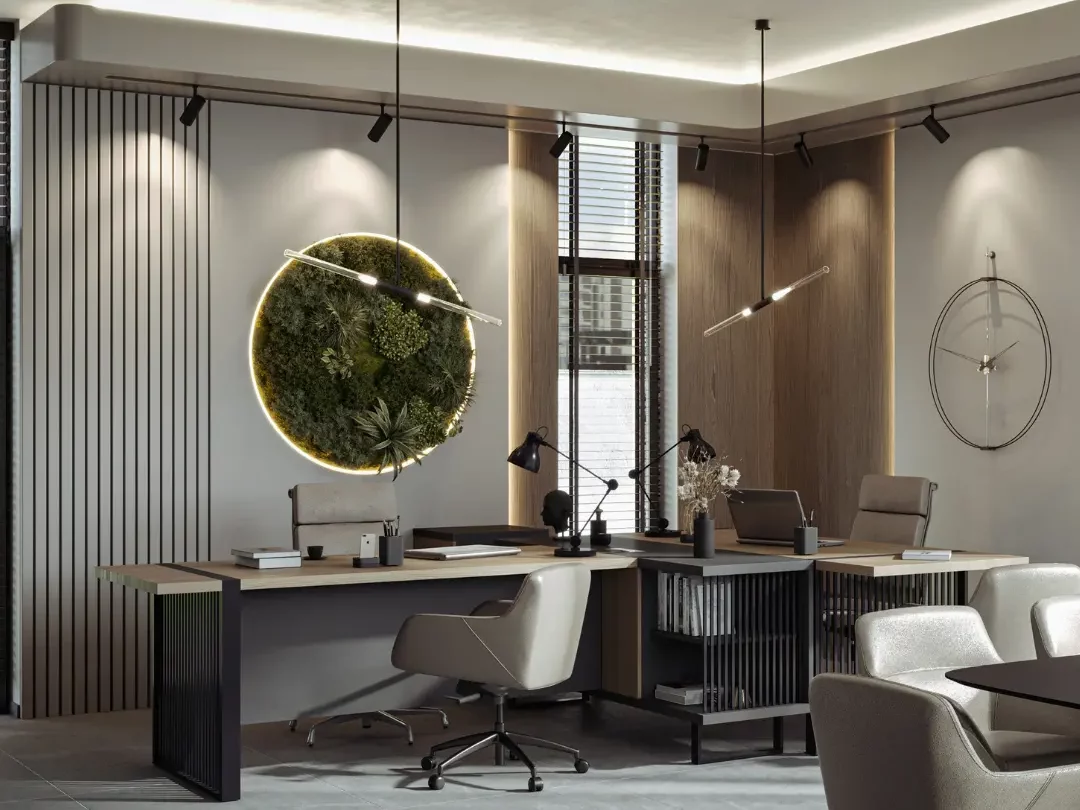
How is office interior design conceptualized?
Commercial design is not a fixed formula, but a strategy that involves multiple layers of planning.Each project begins with analysis and ends with a space that functions seamlessly – for both employees and clients.
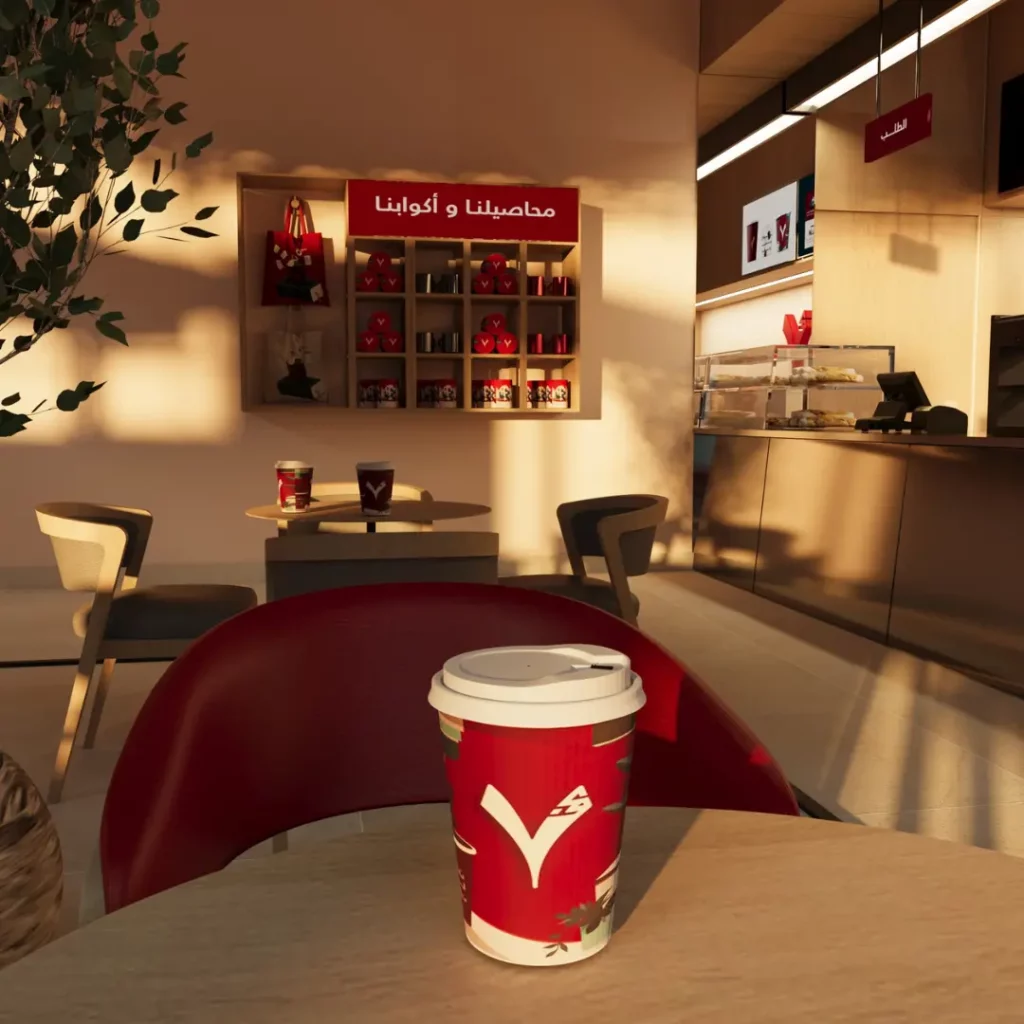
Understanding business goals
The first step is to understand the company’s vision, mission, and values.Office interior design must align with the brand, target market, and the outcomes you aim to achieve.
Space planning and functionality
Commercial interior design goes far beyond furniture layout. It’s about optimizing movement, creating efficient storage solutions, and establishing clear spatial zoning that facilitates everyday work.
Aesthetics and brand identity
Commercial design is a powerful tool for building identity – through colors, materials, textures, and lighting, the space becomes a story about your brand that everyone can see and feel..
Well-being
Employee and client satisfaction is achieved through a combination of ergonomic furniture, natural lighting, and biophilic elements that bring nature into the interior. Such spaces inspire, motivate, and contribute to long-term success.
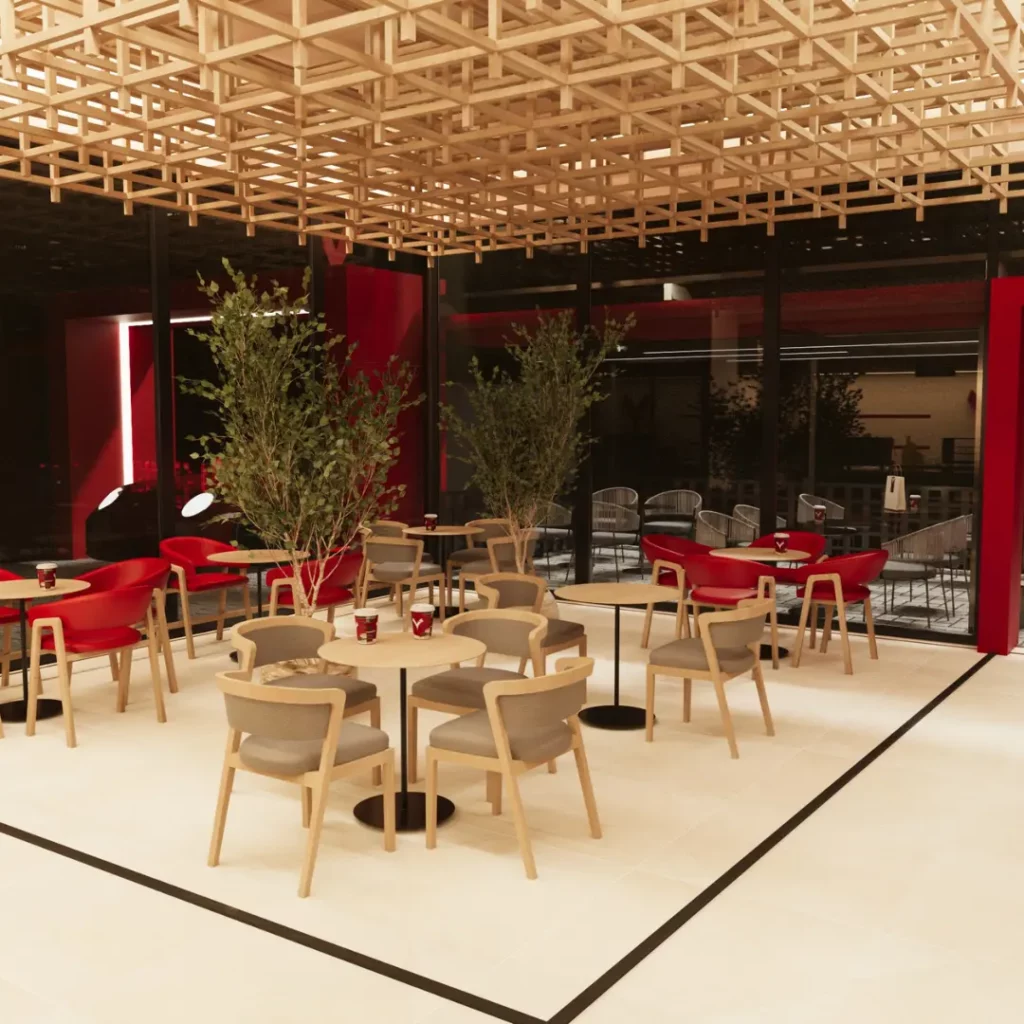
How does office interior design impact business success?
A well-conceived commercial design is not just a matter of style – it directly influences productivity, company culture, and the satisfaction of the people who work and interact within the space. Here’s how office interior design can become your competitive advantage in business:
Business productivity
A thoughtfully designed space prioritizes ergonomics, natural light, and functional solutions, leading to greater focus, concentration, and employee productivity.
Company culture
Office interior design that reflects your brand’s values strengthens the sense of belonging, motivates employees, and creates an atmosphere where clients feel trust and confidence.
Employee and customer well-being
Elements of biophilic design, ergonomic furniture, and natural lighting help reduce stress and increase satisfaction for everyone who uses the space.
Collaboration and innovation
Commercial design can incorporate zones for teamwork, brainstorming sessions, and idea exchange – creating an environment where innovation naturally thrives.
Sustainability
By integrating sustainable practices – energy-efficient lighting, recycled and natural materials, and resource-saving furniture – commercial interior design also becomes an expression of environmental responsibility.
Safety
Office design includes adherence to safety standards: clear signage, well-marked transitions, and functional exits that ensure the security of both employees and visitors.
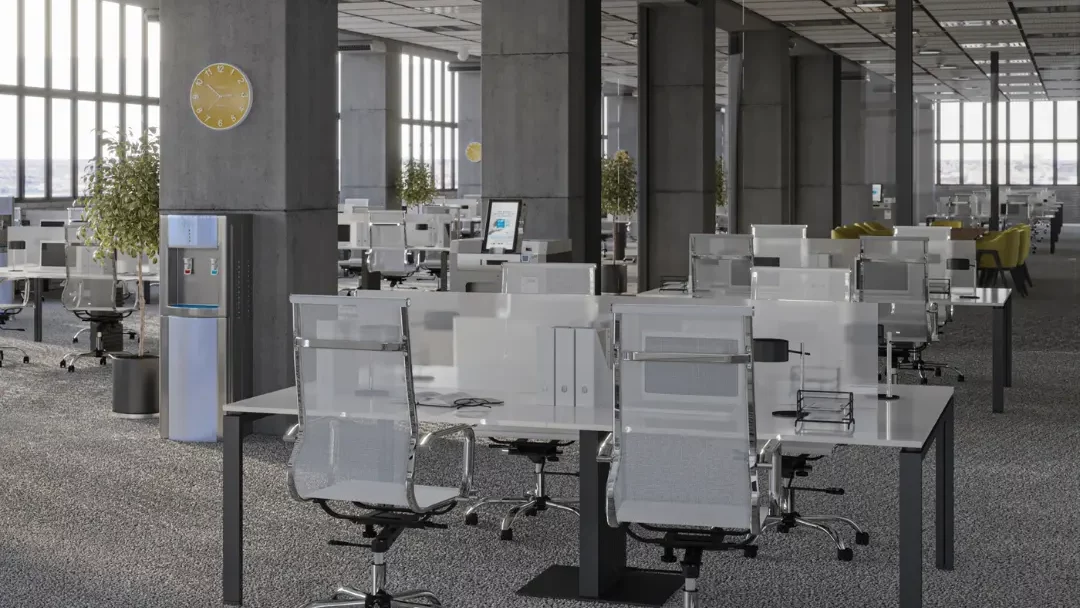
The role of the interior designer
Office interior designers are visionaries who translate business goals into tangible reality. They possess a unique blend of creativity, technical expertise, and project management skills. Here’s what they bring to the table:
Space planning and design expertise
Designers create plans that optimize functionality and flow, enhance overall efficiency, and ensure compliance with all building codes and regulations.
Space planning and design expertise
Designers create plans that optimize functionality and flow, enhance overall efficiency, and ensure compliance with all building codes and regulations.
Material and furniture selection
The right choice of materials and furniture is not just an aesthetic decision. It determines durability, functionality, and the impact on your brand identity. That’s why interior design involves a strategic approach to every choice – from flooring to lighting.
current values but is also ready for the future.
Project management skills
Office interior designers manage every aspect of a project, from concept development and budgeting to coordination with suppliers and project execution.
Budget management
Effective design is also financially thoughtful. Working with a designer helps set a realistic budget and ensures the project stays within planned costs – without compromising on quality.
Industry trends and knowledge
Commercial space designers stay up to date with the latest trends in technology, sustainability, and ergonomics. This ensures your space not only reflects your brand’s current values but is also ready for the future.
Which types of commercial spaces require professional interior design?
Retail spaces
In retail, the shopping experience is just as important as the product itself. Professional commercial interior design influences purchasing decisions, brand perception, and customer satisfaction.
Offices
Well-designed offices enhance productivity, creativity, and collaboration among employees. Office interior design shapes a work environment that inspires, motivates, and fosters a sense of belonging.
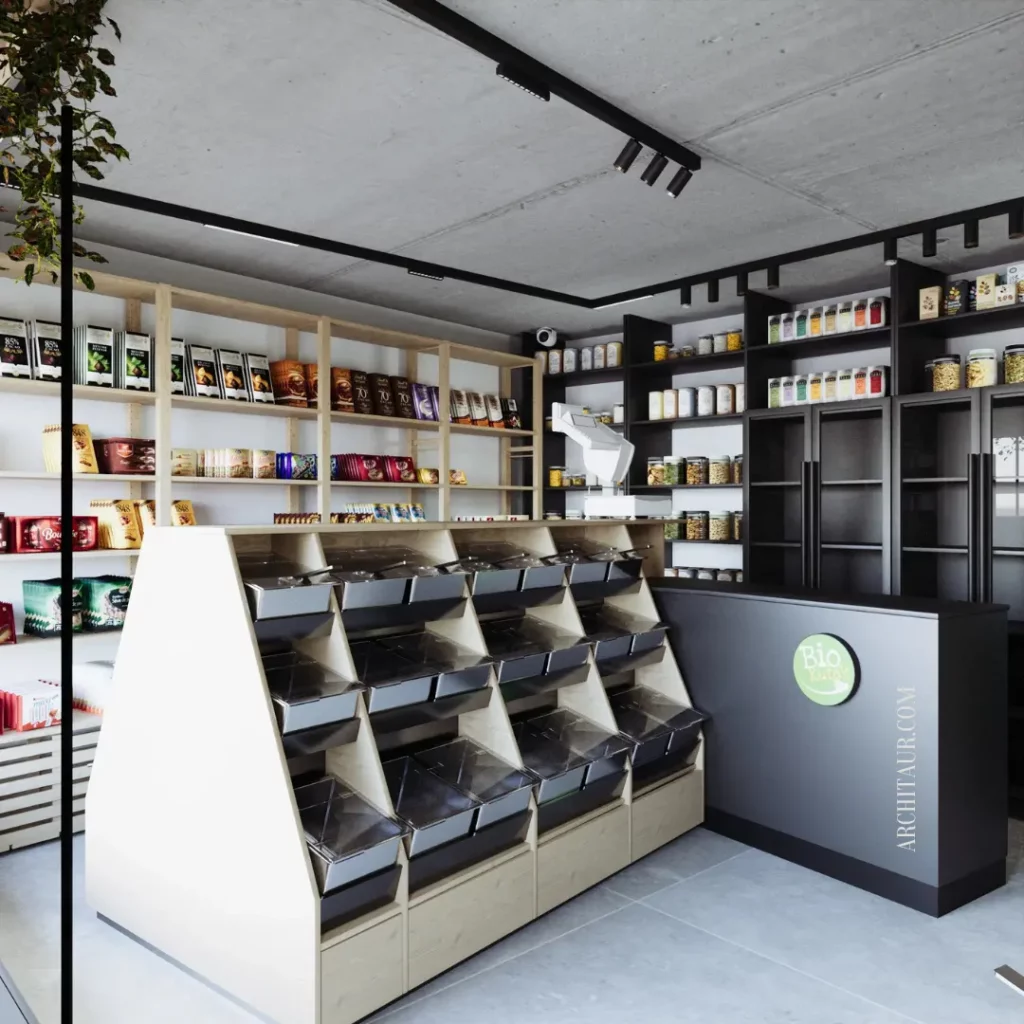
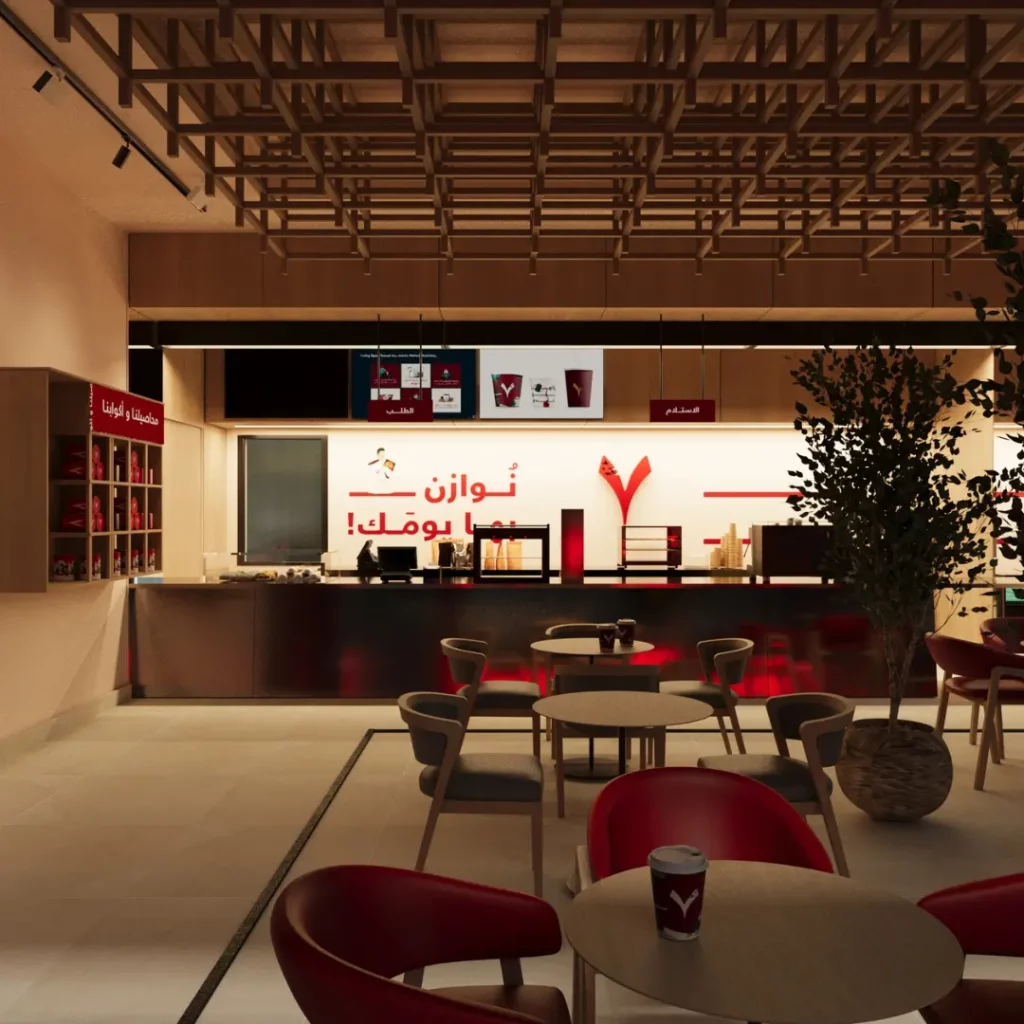
Restaurants
In hospitality, design defines the atmosphere and the dining experience. It adapts to the restaurant’s concept, cuisine, and target audience – creating an ambiance guests remember.
Hotels and hospitality spaces
Hotel interior design is more than aesthetics – it’s an experience of luxury, relaxation, and comfort. A carefully crafted design leaves a lasting impression and becomes an integral part of the brand’s identity.
Healthcare facilities
In healthcare environments, design directly affects patient well-being. Ergonomics, natural lighting, and a calming atmosphere help reduce stress and improve workflow efficiency, while functional solutions support medical staff in their daily operations.
Educational institutions
Schools and universities require spaces that foster creativity and focus. Interior design in educational environments creates inspiring classrooms and lecture halls where students and teachers can perform at their best.
Gyms and fitness centers
In the fitness industry, interior design motivates members, enhances their overall experience, and builds a sense of community through energetic and engaging spaces.
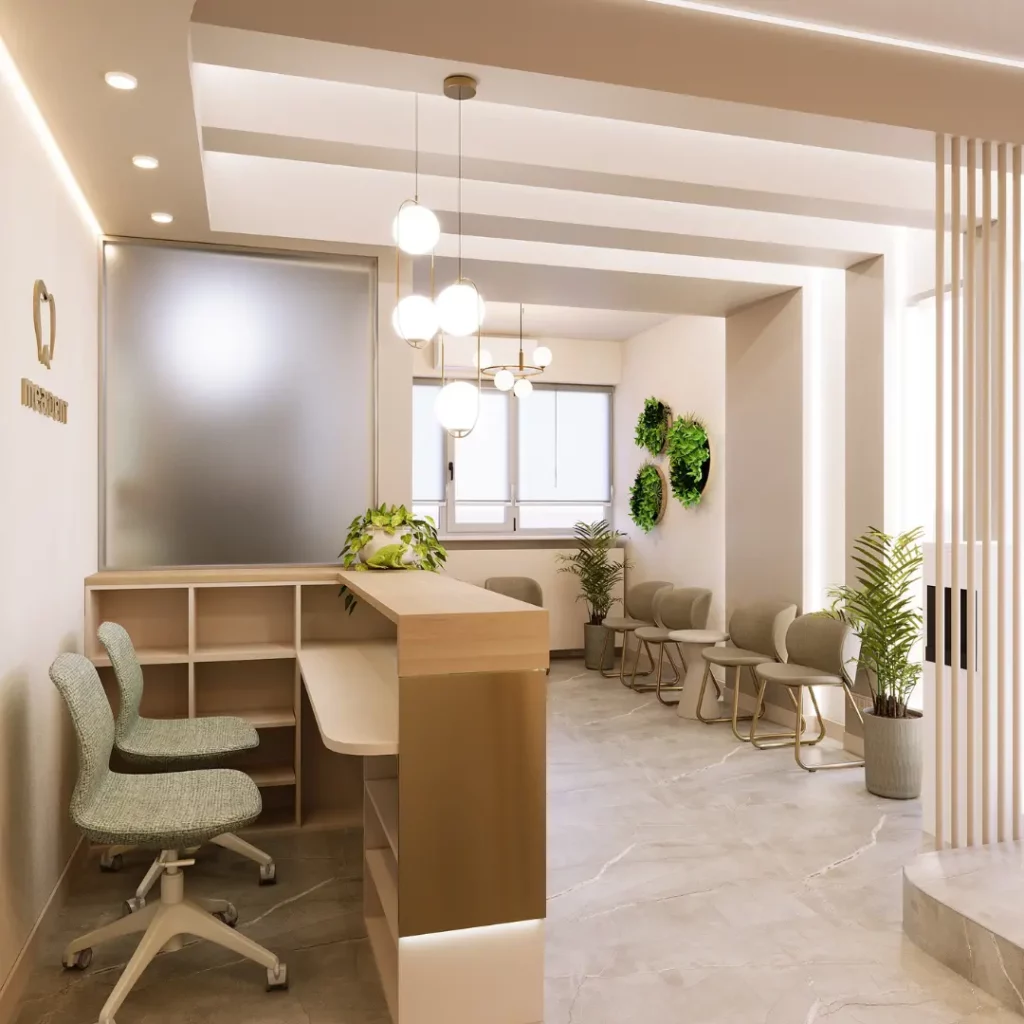
Phases of the office interior design project
Transforming a vision into a real space begins with a clearly defined process. Commercial interior design goes through several stages – from the initial meeting with the client to final project management. Here’s how that journey unfolds:
1. Initial consultations
The first step is getting to know your business, goals, and brand. During this stage, the designer analyzes the existing space, conducts interviews with key stakeholders, and defines the project’s priorities.
2. Project brief
Based on the collected information, the designer develops a project brief that outlines the specific requirements for the space. This includes space organization, furniture needs, lighting requirements, and other technical specifications.
3. Space planning
The designer creates initial concepts and visualizations of the space. This involves 2D floor plans, mood boards, and preliminary 3D renderings that help turn ideas into a clear vision.
4. Design development
The concept is refined in detail – with precise drawings, material specifications, furniture selection, and lighting plans. Every element is tailored to function and brand identity.
5. Construction documentation
At this stage, technical drawings and documentation compliant with building regulations are produced, providing contractors with all the information needed to bring the vision to life. The project is ready for execution and can also be used to obtain the necessary permits.
6. Construction supervision
The interior designer oversees the entire implementation process, ensuring that plans are followed and communication between all parties runs smoothly. Project management guarantees that the vision is fully realized – without compromising on quality. bez kompromisa u kvalitetu.
Why is commercial interior design important?
The value of office interior design is best seen through measurable results. A well-conceived commercial design is not an abstract idea, but a factor that directly impacts productivity, employee satisfaction, and customer loyalty. Here are a few examples where this influence is clearly felt:
- Higher return on investment – from increased employee productivity to a stronger brand reputation.
- Satisfied and motivated teams – a healthy and pleasant work environment leads to greater efficiency.
- Loyal guests and customers – in hospitality and retail, a well-designed space means a better experience and returning clients.
- Support for health and well-being – in healthcare and fitness spaces, thoughtful design promotes recovery, relaxation, and motivation.
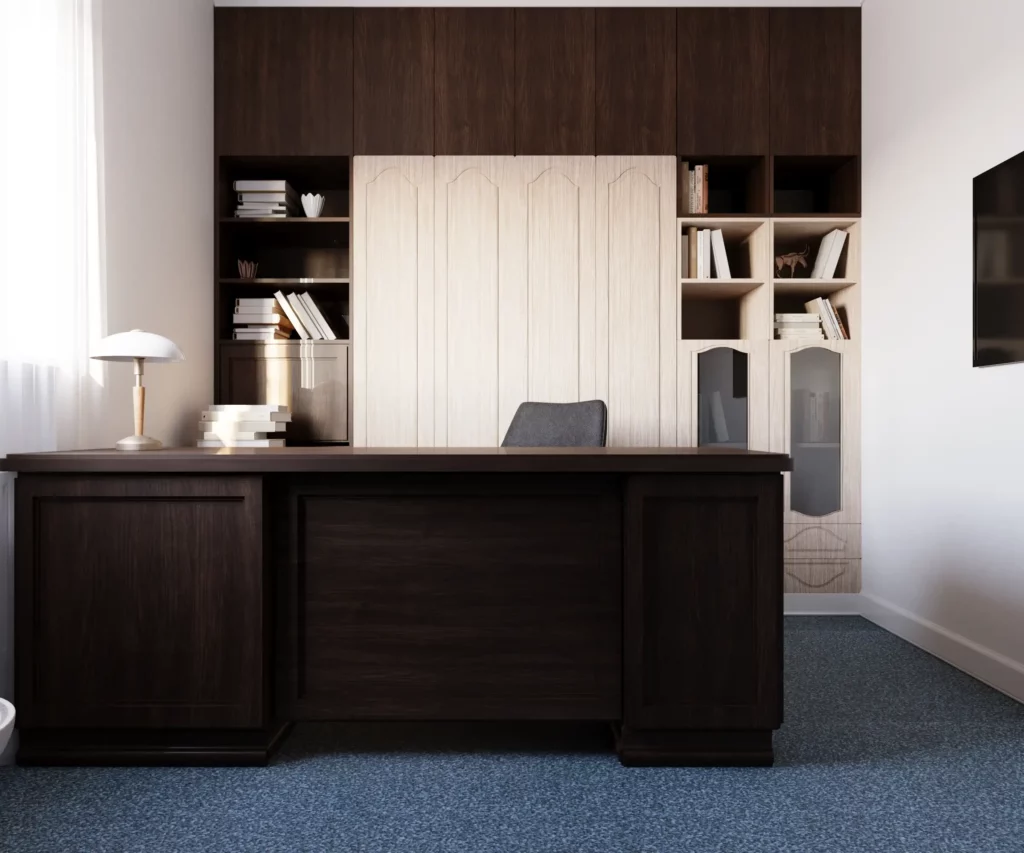
Your space tells the story of your business – let it be a story of success..
With the right design, an office becomes a place of collaboration, a hotel a haven for relaxation, and a retail store an experience customers remember.
Schedule a consultation and let’s shape a space that will grow together with your business.


